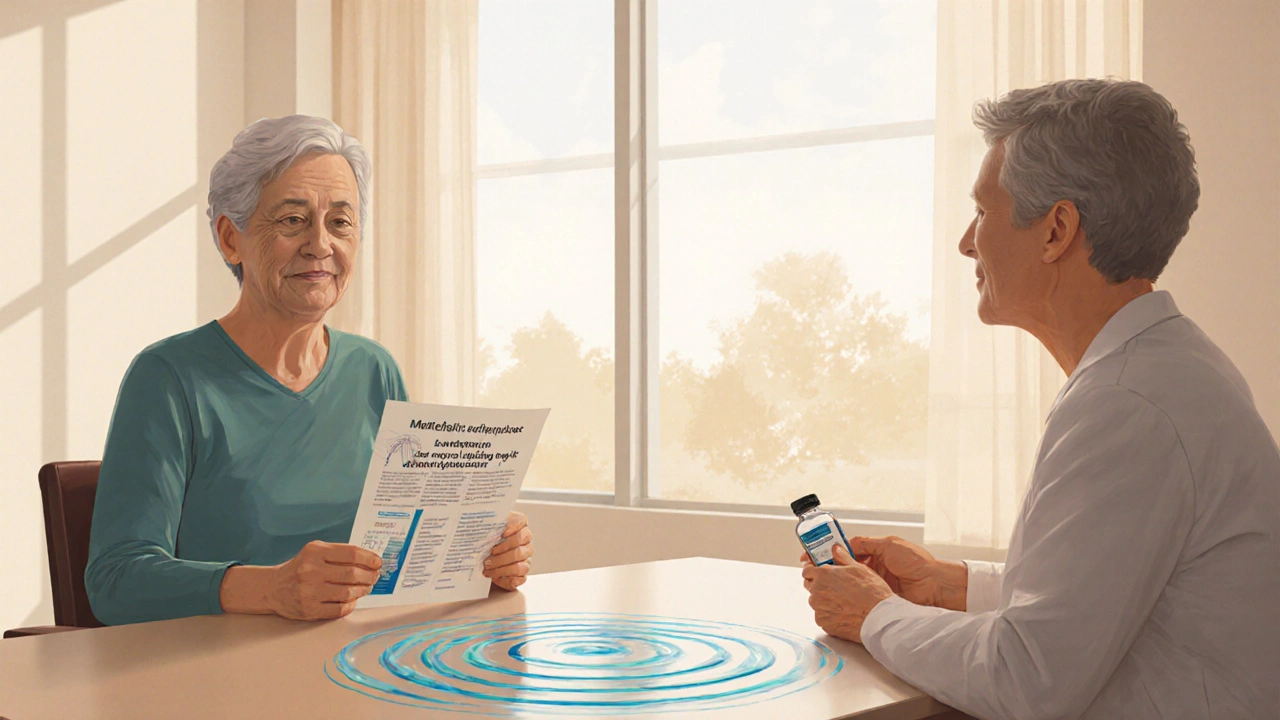Cognitive Behavioral Therapy – What It Is and Why It Works
CBT is a short‑term talk therapy that helps you spot unhelpful thoughts and swap them for healthier ones. It’s not about digging up past trauma; it’s about changing the way you think right now to feel better today.
How CBT Works
First, you and the therapist list situations that trigger bad moods. Next, you write down the thoughts that pop up in those moments. Those thoughts often include "I’m a failure" or "Nobody likes me." The therapist then guides you to test those beliefs against reality and replace them with more balanced statements.
One classic CBT tool is the thought record. You jot down the event, the automatic thought, the emotion, and then a more realistic counter‑thought. By repeating this, your brain starts to default to the healthier option.
Getting Started with CBT
If you’re curious, the easiest step is to look for a licensed therapist who lists CBT as a specialty. Many offer a free 15‑minute intro call so you can see if the style fits.
Don’t have time for weekly sessions? There are reputable CBT workbooks and apps that walk you through the same process. Pick one with strong user reviews and stick to the daily exercises.
Set a realistic goal, like "reduce anxiety before presentations" or "stop binge‑eating after stressful days." Clear goals give your sessions a purpose and let you track progress.
Practice is key. Spend 10‑15 minutes each day writing down thoughts that bother you, then challenge them. Over weeks you’ll notice patterns and start catching negative loops before they spiral.
CBT also teaches coping skills like deep breathing, progressive muscle relaxation, and scheduled pleasant activities. These aren’t fluff; they give your brain a break from constant stress.
Another tip: share your CBT work with a trusted friend or partner. Explaining your new thought patterns out loud reinforces them and adds accountability.
Remember, CBT isn’t a magic fix. It’s a skill you build, like learning to ride a bike. Some weeks feel easier, others tougher, but consistency pays off.
If you ever feel stuck, bring that feeling to your therapist. A good CBT practitioner will help you adjust the worksheet or try a different technique, such as behavioral experiments or exposure tasks.
Bottom line: CBT gives you a toolbox to manage stress, anxiety, depression, and even anger. You don’t need a PhD to use it—just a willingness to notice your thoughts and try a new angle.
Ready to give it a shot? Grab a notebook, look up a local CBT therapist, and start tracking one thought today. You might be surprised how quickly the shift happens.

Counseling’s Impact on Managing Central Diabetes Insipidus
Explore how counseling, especially CBT and patient education, enhances medication adherence, reduces anxiety, and improves quality of life for those managing central diabetes insipidus.
view more